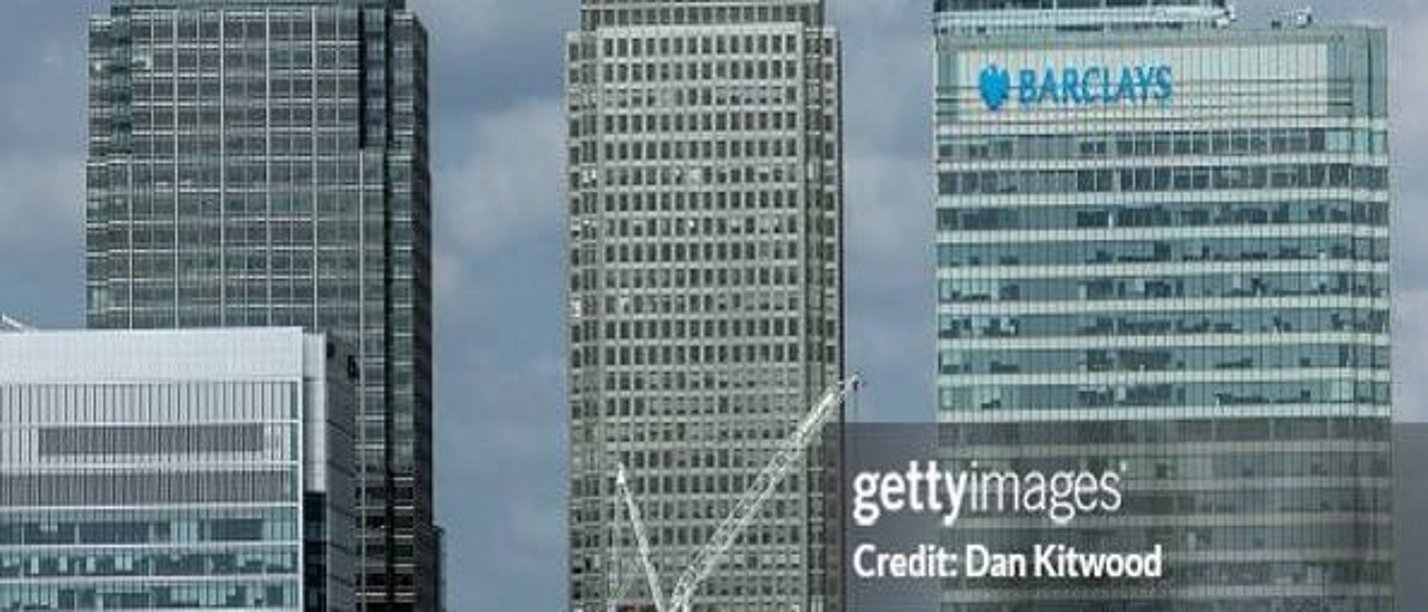The green banking gap: how bankability, business models, and regulations challenge banks' decarbonisation

Launch of [tra:ce] Working Paper No. 2
Banks have been slow to expand green lending while continuing to finance activities with high greenhouse gas emissions - a phenomenon known as the 'green bank gap'. Based on interviews with 21 bank employees and 67 professionals working for non-bank financial institutions, the public sector and civil society organisations in areas related to sustainable finance, it can be argued that the reasons for the green banking gap fall into three broad categories:
- Bankability
- business model
- and regulation
Firstly, there are not many green businesses and projects that fit the risk/reward profile desired by banks, while high GHG emitting activities remain bankable.
Secondly, there are pressures to decarbonise banks' portfolios resulting from the significant change in their business model in recent decades, making (green) corporate and especially project lending relatively less relevant. Even when they do lend, the characteristics of the lending process lead to a bias towards activities with high GHG emissions over green activities, as balance sheets are tied up in old loans and banks prioritise long-term relationships with their clients.
Finally, there are constraints on green loans and incentives for high GHG emission loans resulting from financial (liquidity and capital requirements) and sustainability regulations as well as general policy uncertainty about the future decarbonisation path of the economy.
Guests are:
Mareike Beck, Assistant Professor in International Political Economy (University of Warwick)
Christoph Scherrer, Professor em for Globalisation and Politics (University of Kassel)
The event will take place online and in English. Please register using the form below.